Jonny721
Well-known member
Monday 3rd June - Hebden Bridge
Not how I had planned on starting the month, my first dip on a lifer of the year! A Roller was found deep in the peak district yesterday evening and since this was kind of on my way to work I decided to give the area a search this morning. As expected it proved to be an enormous area to search and unfortunately there was no sign of my target. This was always going to be the most likely outcome however as this is a species I am yet to see anywhere I had to give it a go! There were a few consolations however, the woodland in the valley was packed with birds including a singing Cuckoo and my first Spotted Flycatchers of the year, whilst up on the moors a few male Red Grouse were displaying and calling. These were both species I expected to see in Scotland anyway but still nice to get them ticked off beforehand.
225. Spotted Flycatcher
226. Red Grouse
Not how I had planned on starting the month, my first dip on a lifer of the year! A Roller was found deep in the peak district yesterday evening and since this was kind of on my way to work I decided to give the area a search this morning. As expected it proved to be an enormous area to search and unfortunately there was no sign of my target. This was always going to be the most likely outcome however as this is a species I am yet to see anywhere I had to give it a go! There were a few consolations however, the woodland in the valley was packed with birds including a singing Cuckoo and my first Spotted Flycatchers of the year, whilst up on the moors a few male Red Grouse were displaying and calling. These were both species I expected to see in Scotland anyway but still nice to get them ticked off beforehand.
225. Spotted Flycatcher
226. Red Grouse




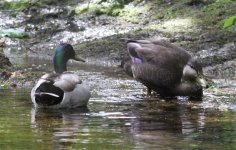
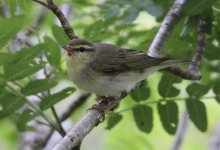
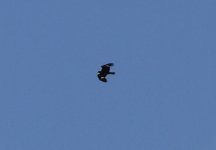
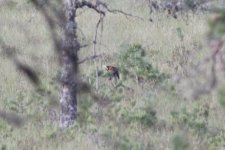
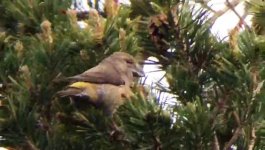
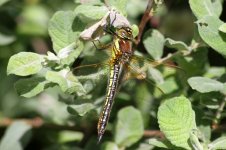
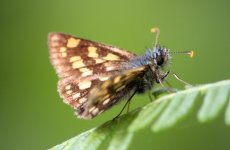

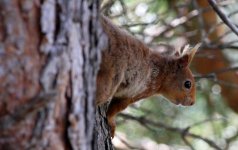
![D9IQboUXsAAUo6A[1].jpg D9IQboUXsAAUo6A[1].jpg](https://www.birdforum.net/data/attachments/650/650049-cc98282a3877fa8ed842d5f02f60609f.jpg)